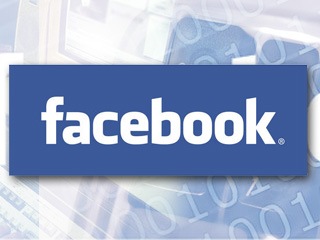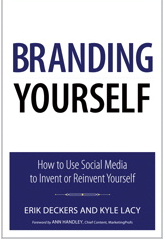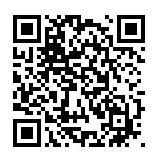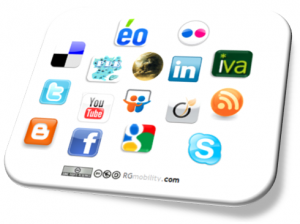You’re So Vain, You Probably Think Your Blog is About You
Do you have a blog? What is is about?
With a nod to Carly Simon’s Number One Hit “You’re So Vain” back in ’72 (aahh..the good ol’ days!), if your blog is about you and your company, you’re missing the boat. By a long shot.
At first blush, you’d think the purpose of a blog would be to tell the world about yourself and your company. After all, isn’t that what you see on other company blogs? A raft of press releases, horn-tooting and ‘wow, look at us!’ crap.

Who wants to read that? Do you?
If this blog was all about ME (Tim Patterson, @tradeshowguy, Interpretive Exhibits), how would that help you? How would it solve your everyday problems of trying to market to your target audience at tradeshows, events and conferences?
It wouldn’t. Because what WE/ME are going through likely is not what YOU are going through. Oh, sure, we might find a few areas of common ground, but if all I did on this blog was toot my horn, you wouldn’t bother to come back. Not to say you should NEVER toot your own horn, just be aware of not over-doing it. Your blog is about your readers, not you. When researching a recent presentation on blogging, I looked for exhibit company blogs just to see what they were blogging about. MOST of them were self-congratulatory and PR-laden. In other words, boring and bland.
And the goal of a blog is to get people to come back.
You do that by offering information, insight, and (hopefully) solutions to issues and problems your audience is facing.
If your audience, for instance, is marketing at a tradeshow and want to use QR Codes or set up a SCVNGR smart-phone game, you’d want to find a blog that’s explored that.
If your readers chime in on a problem that you’re written about, it’s a good sign that they’re interested. Write more about that topic. Do some research, talk to experts, compile evidence. Show what works and what doesn’t.
For example, I was interested in QR Codes, so I contacted a company that used them. Found out a bunch, read a lot, spent time figuring out how they work. And blogged about it a few times.
As a result, some poor misguided fools now think I’m a QR Code expert! HA! Well, that’s they’re problem. Just this week I’ve been interviewed by two people who saw me as an expert source on QR Codes for tradeshow marketing, thanks to a recent blog post.
Last week, I was contacted by two companies that asked if they could re-publish my QR Code blog posts and QR Code Tradeshow Marketing Guide.
All because saw a hot topic that the readers of this blog were interested in, did a little research, made some personal observations and blogged about it. And as a result, I’ve gathered a lot of information about QR Codes. Perhaps I’m at least a pseudo-expert.
So if all you’re writing about on your company’s blog is your latest widget, or how the CEO got an award, or how you have a new shiny facility…face it, your audience doesn’t care.
Unless it’s about them.












